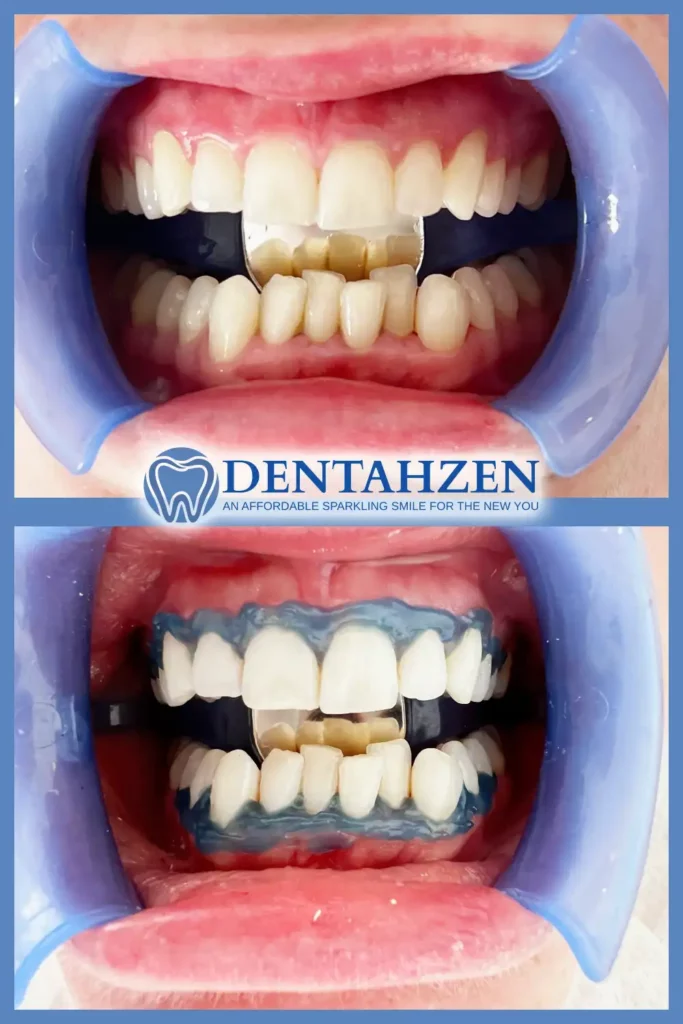Foods and Drinks That Stain Teeth After Whitening: Be Mindful of Your Diet for a Lasting Radiant Smile
Maintaining a beautifully white smile can be quite a challenge, especially after undergoing teeth whitening treatments. While professional whitening procedures can effectively remove years of discoloration, it is essential to be aware of the foods and drinks that stain teeth after whitening. From common beverages to everyday foods, numerous culprits are known to stain teeth even after the whitening process.
Understanding these staining agents and making informed choices about what we consume can help us preserve our radiant smiles and prolong the results of teeth whitening. In this article, we will discuss some of the most notorious foods and drinks that have the potential to stain teeth, empowering you to make smarter, smile-friendly dietary decisions post-teeth whitening. Let’s explore the foods and drinks that stain teeth after whitening.
Key Takeaways
- Tomato sauce: Its vibrant red color, high acidity, and pigments can penetrate enamel and leave unsightly stains on teeth. Limit consumption or rinse your mouth with water after consuming tomato sauce to preserve your white smile.
- Beetroot: Despite its health benefits, its deep red color can pose a threat to freshly whitened teeth. Foods with intense pigmentation, like beetroot, should be avoided to maintain a white smile.
- Curries and pigmented foods: Intense pigments in curries and spices like turmeric and paprika can cause tooth discoloration. Be mindful of the frequency and quantity consumed, and rinse your mouth or drink water after a meal to minimize staining effects.
- Red wine, coffee, and dark berries: These highly pigmented items can contribute to teeth staining even after whitening. It’s important to avoid excessive consumption and practice preventive measures like brushing or rinsing your mouth after consuming them.
- Soy sauce: Despite its flavor-enhancing properties, soy sauce contains pigments that can darken teeth over time. Limited consumption and oral hygiene practices are vital to prevent staining.
- Balsamic vinegar: While it enhances salads and dressings, balsamic vinegar’s dark color can penetrate enamel and contribute to stubborn stains. Moderation, rinsing, and use of preventive measures like straws can help minimize its staining effects.
Remember, practicing moderation, rinsing, and following good oral hygiene habits can go a long way in preserving a radiant smile even when consuming foods and drinks that have the potential to stain teeth after whitening.
Tomato Sauce: The Red Culprit That Stains
One of the most beloved toppings for pasta and pizza, tomato sauce, can be a major culprit when it comes to teeth staining. Its vibrant red color may be visually appealing, but it contains high levels of acid and pigment that can penetrate the enamel and leave unsightly stains on your teeth. Teeth staining culprits after whitening should be avoided, and tomato sauce is definitely one of them.
The acidic nature of tomato sauce can weaken the enamel over time, making it more susceptible to discoloration. Additionally, its pigments, such as lycopene, can adhere to the tooth surface, causing a noticeable yellow or orange tint. To preserve your pearly whites, it is recommended to limit the consumption of tomato sauce or rinse your mouth with water after enjoying a meal containing this tooth-staining culprit. You may also consider using a straw for beverages that contain tomato sauce to minimize direct contact with your teeth.
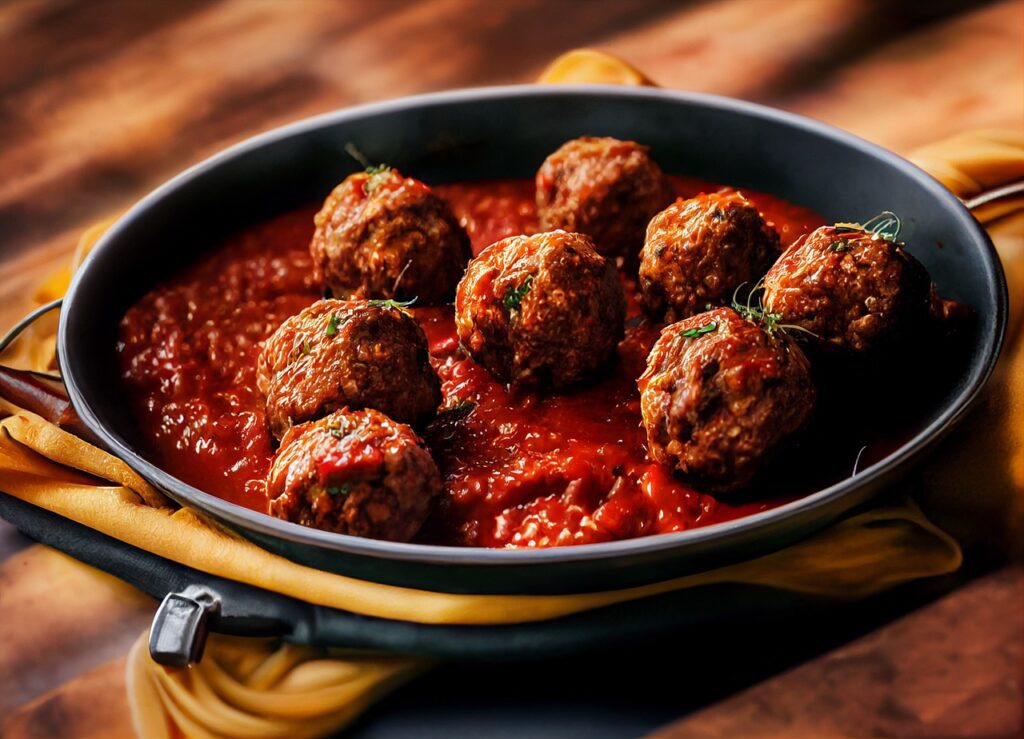
Beetroot: From Healthy to Harmful for Your Smile
Beetroot, a vibrant root vegetable often praised for its health benefits, may not be as friendly to your smile as you think. While it’s true that beetroot is packed with essential nutrients like vitamins, minerals, and antioxidants, its deep red color can pose a threat to your freshly whitened teeth.
Foods to avoid post teeth whitening include those with intense pigmentation, and beetroot surely fits the bill. Its natural color compounds, known as betalains, have the potential to stain your teeth, leaving behind unsightly marks. To preserve the whiteness of your smile, it would be wise to limit your consumption of beetroot or incorporate it into your diet in a more tooth-friendly way, such as blending it into a juice or incorporating it into salads rather than consuming it in its raw form.
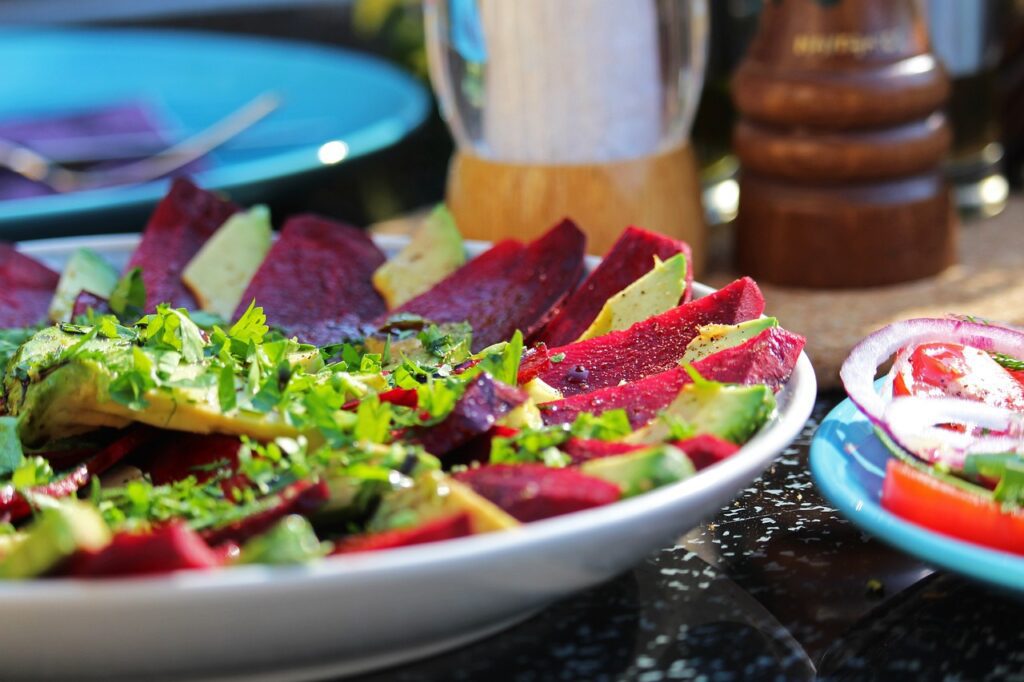
Soy Sauce: A Dark Secret for Teeth Whitening
Soy sauce, a popular condiment in many Asian cuisines, adds a savory umami flavor to dishes. However, its dark and concentrated nature makes it a potential culprit for tooth staining, especially after teeth whitening procedures. The deep color of soy sauce can easily penetrate the porous enamel of the teeth, gradually leaving behind unsightly brown or yellow stains. This is especially true when consumed frequently or in large amounts, making soy sauce one of the drinks that promote tooth discoloration after whitening.
Despite its ability to add depth and richness to dishes, soy sauce is not the only beverage that can have a negative impact on the whiteness of your smile. Other drinks that promote tooth discoloration after whitening include coffee, red wine, tea, and cola. These beverages contain chromogens, which are highly pigmented compounds that can attach themselves to the outer layer of your teeth. Additionally, drinks with acidity, such as citrus juices and sports drinks, can erode the enamel and make it easier for stains to develop. It’s essential to be mindful of these factors and take steps to minimize their effects on maintaining a bright and white smile.
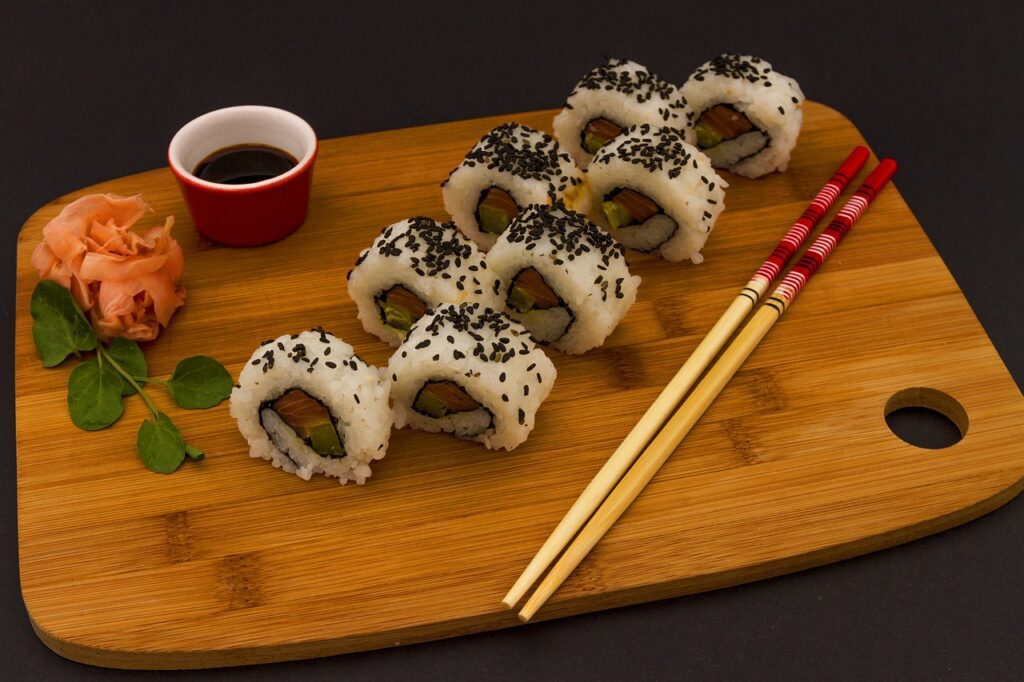
Balsamic Vinegar: The Dark Side of Dressing
Balsamic vinegar, a staple in many kitchens, may be appreciated for its rich flavor and ability to enhance salads and dressings. However, it also has a darker side when it comes to teeth staining. The deep, dark color of balsamic vinegar can cling to the teeth, leading to unsightly discoloration over time. This is particularly troublesome for individuals who have recently undergone teeth whitening treatments, as the vinegar’s tooth darkening agents can quickly undo the results.
While balsamic vinegar is undoubtedly tasty, it’s essential to be mindful of its potential impact on the whiteness of your smile. To minimize tooth staining, it is recommended to limit your intake of balsamic vinegar and ensure thorough rinsing after consuming it. Additionally, incorporating strategies like using a straw to drink acidic beverages and maintaining a consistent oral hygiene routine can help preserve the brightness of your teeth even when faced with tooth darkening agents in food and drinks after whitening. Stay tuned for more insights into post-whitening tooth staining and how to mitigate its effects.
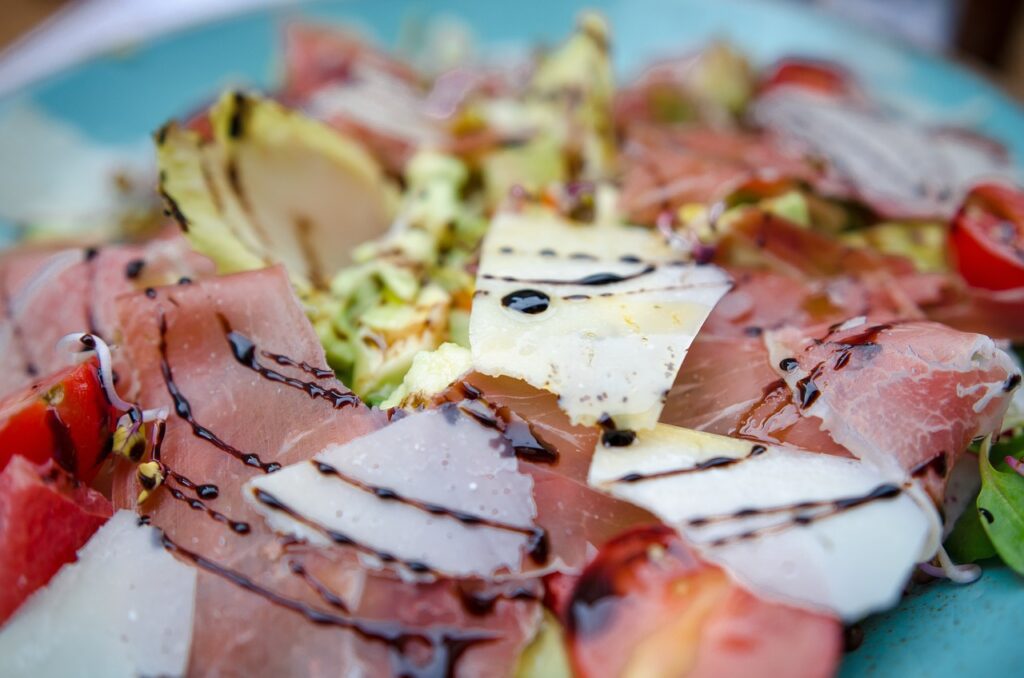
Curries: Spicing Up Your Smile, but at a Cost
Curries are undoubtedly delicious, with their rich flavors and aromatic spices. However, indulging in these flavorful dishes can come at a cost when it comes to maintaining white teeth. The intense pigments found in curries, such as turmeric and paprika, have a notorious reputation for staining teeth, leaving behind an unsightly yellow hue. To avoid the discoloration caused by curries, it is crucial to be mindful of the frequency and quantity consumed. Additionally, drinking water or rinsing your mouth after enjoying a curry meal can help minimize the staining effects.
Maintaining white teeth also involves avoiding other staining foods and drinks. It’s essential to steer clear of highly pigmented items like red wine, coffee, and dark-colored berries. Similarly, acidic beverages like soda and citrus juices can weaken the tooth enamel, making it more susceptible to stains. By incorporating foods that promote optimal oral health, such as crunchy fruits and vegetables, into your diet, you can help combat the staining effects of curries and other culprits. Regular dental hygiene practices, including brushing and flossing, are also essential in maintaining a bright, white smile.
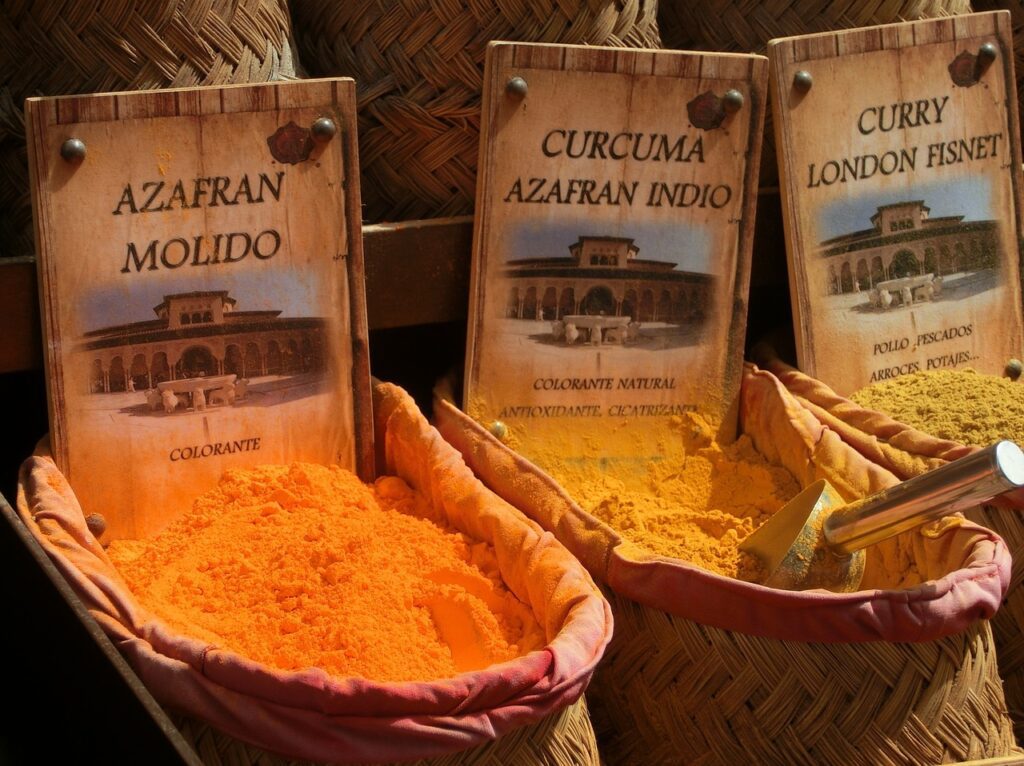
Fruit Juices: The Sweet Trap of Teeth Staining
Fruit juices, despite their refreshing taste and nutritional benefits, can be a sweet trap for teeth staining. While they provide a natural burst of vitamins and antioxidants, they also contain high levels of natural sugars and acids that can erode and discolor tooth enamel over time. This can be particularly problematic for individuals who have undergone teeth whitening treatments and are looking to maintain their pearly white smiles.
To prevent teeth staining after whitening treatments, it is important to be mindful of the types of fruit juices consumed and the frequency of consumption. Opting for lighter-colored juices such as apple or pear, and diluting them with water can help reduce the risk of staining, as can rinsing with water or brushing teeth immediately after enjoying a glass.
Achieving and preserving a white smile requires diligent teeth staining prevention after whitening treatments. While fruit juices can be a culprit in staining teeth, there are several steps that can be taken to minimize their effects. Firstly, using a straw when drinking fruit juices can help bypass direct contact with teeth, reducing the likelihood of staining.
Additionally, maintaining good oral hygiene practices such as brushing twice a day with a whitening toothpaste and flossing daily can help remove surface stains caused by fruit juices. Regular dental check-ups and professional cleanings are also essential in keeping teeth healthy and stain-free. While enjoying fruit juices, it is important to be aware of their potential to stain teeth and take proactive steps to preserve a bright and radiant smile.
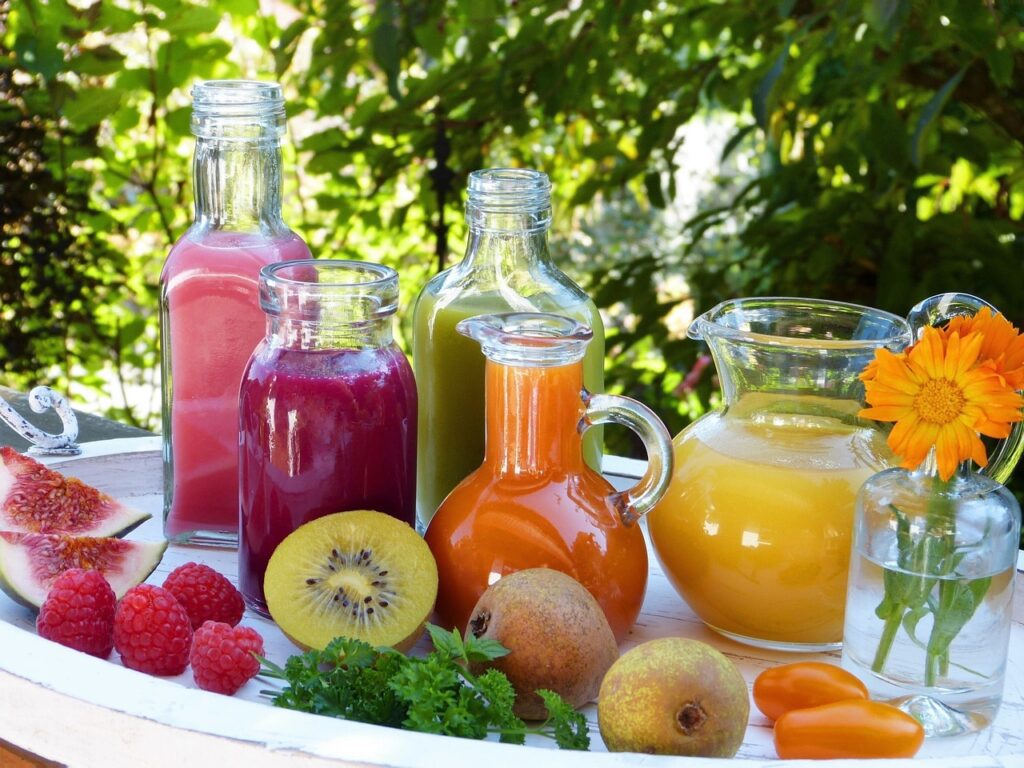
Maintaining White Teeth: Tips to Avoid Staining Foods and Drinks
Maintaining white teeth requires conscious effort to avoid foods and beverages that compromise teeth whitening results. Certain foods such as tomato sauce and beetroot possess intense pigments that can leave a lasting stain on teeth. These culprits contain natural dyes, which easily adhere to tooth enamel, making it vulnerable to discoloration. Similarly, dark condiments like soy sauce and balsamic vinegar, often used for flavor enhancement, can gradually tarnish the white shine of teeth.
These substances seep into porous enamel, resulting in an unsightly yellowish tinge. The vibrant hues found in curries and even fruit juices also pose staining risks. While their aromatic flavors entice the palate, they can wreak havoc on the visual appeal of a dazzling smile. To maintain a pristine white smile, it is essential to incorporate these precautions into your daily routine.
Preserving White Smiles: How to Minimize Teeth Staining from Food and Drinks
To preserve a bright white smile, it is crucial to understand the post-whitening tooth staining factors that can affect the longevity of your results. One of the main culprits is the consumption of staining foods and drinks. Tomato sauce, known for its rich color and tangy flavor, can leave behind stubborn stains on your teeth. Similarly, beetroot, with its vibrant hue and numerous health benefits, can also be detrimental to your smile. Soy sauce, often used as a flavor enhancer in various dishes, contains pigments that can darken your teeth over time. Even balsamic vinegar, a staple dressing in many culinary creations, can contribute to teeth staining.
To minimize the impact of these staining agents, it is essential to practice some preventive measures. Firstly, it is recommended to consume staining foods and drinks in moderation. Additionally, brushing your teeth immediately after consuming such items, or at least rinsing your mouth with water, can help wash away the pigments before they settle on your teeth. For a more effective solution, consider using a straw when consuming beverages that have the potential to stain. These proactive steps can assist in maintaining a radiant smile while enjoying your favorite foods and beverages.
Post-Whitening Tooth Staining Factors: Understanding the Culprits
Tooth discoloration triggers after teeth whitening can be attributed to several culprits. One common factor is the consumption of certain food and drinks that have staining properties. Tomato sauce, with its vibrant red color, is a notorious offender. Its acidic nature and high concentration of pigments can easily seep into the porous enamel, leaving behind unsightly stains. Similarly, beetroot, despite its many health benefits, can turn from a nutritious ally to a dental enemy. Its deep purple hue contains pigments that stick to the teeth, causing discoloration that can be challenging to remove. Maintaining a white smile means being mindful of these staining culprits.
Another unsuspecting culprit is soy sauce. While it may be a popular flavor enhancer in various cuisines, its dark color can gradually tarnish the whiteness of teeth. The rich pigment of soy sauce can cling to the enamel and cause noticeable stains over time. Similarly, balsamic vinegar, often used as a dressing, has a dark side when it comes to teeth whitening. Its deep brown color can penetrate the enamel, resulting in stubborn stains that are difficult to remove even with regular brushing. To preserve a dazzling smile, it is essential to understand these post-whitening staining factors and take necessary precautions.
Tooth Discoloration Triggers After Teeth Whitening: What to Watch Out For
Tooth discoloration can be an unfortunate consequence after teeth whitening procedures. Despite achieving a brighter smile, certain factors can trigger the return of stains, requiring vigilance in maintaining those pearly whites. Preserving white smiles entails minimizing teeth staining from food and drinks, which often play a significant role in discoloration.
One of the main culprits of post-whitening tooth stains is the consumption of staining foods and drinks. Coffee, tea, red wine, and berries are notorious for their ability to tarnish tooth enamel. Excessive consumption of these items, even after teeth whitening, can gradually diminish the desired results. It’s crucial to exercise caution and moderation when indulging in these stain-causing delights, ensuring they remain an occasional treat rather than a staple of daily consumption. Additionally, adopting preventive measures such as brushing or rinsing immediately after consuming staining foods and drinks can help minimize their impact on tooth color.

